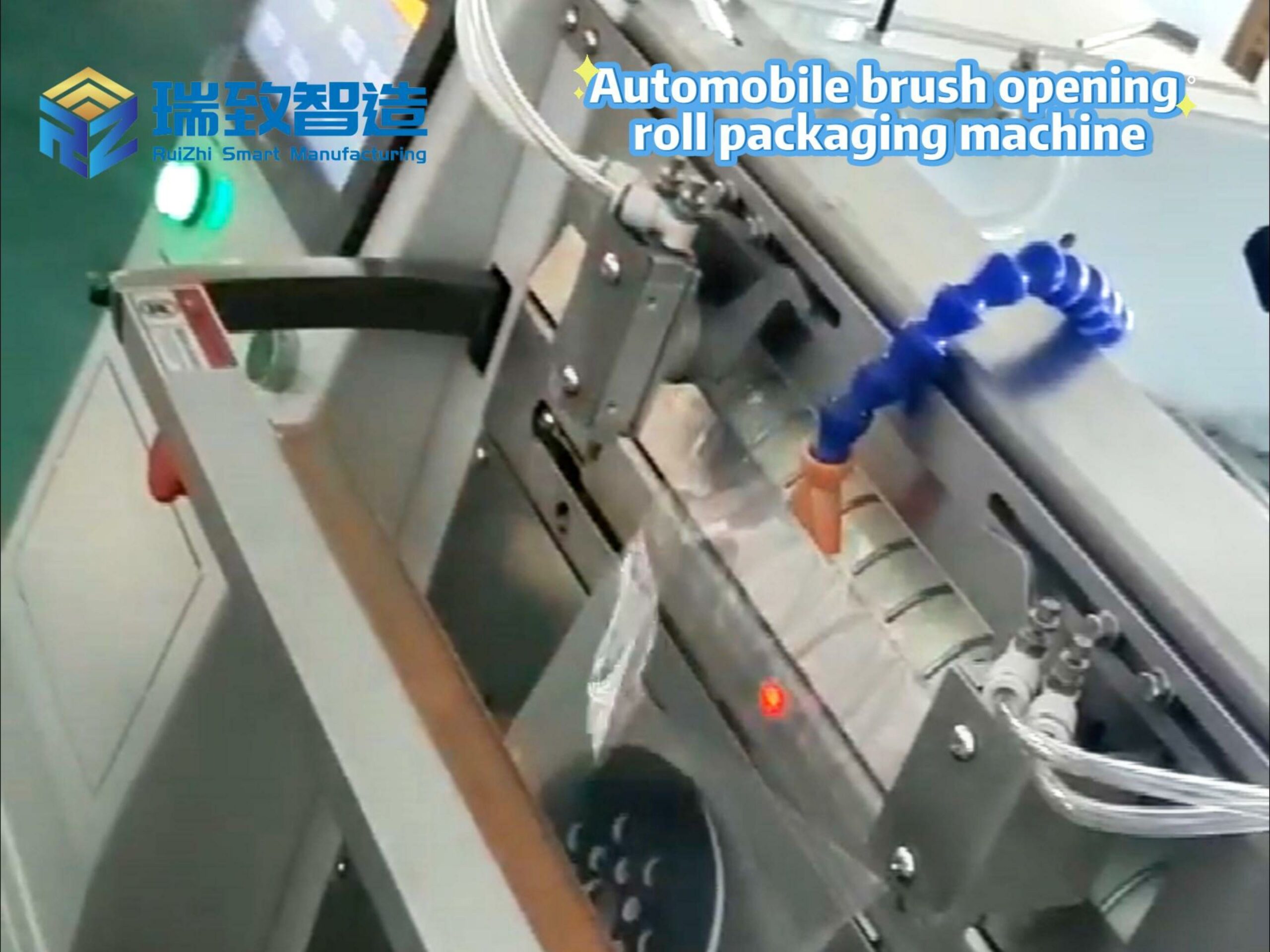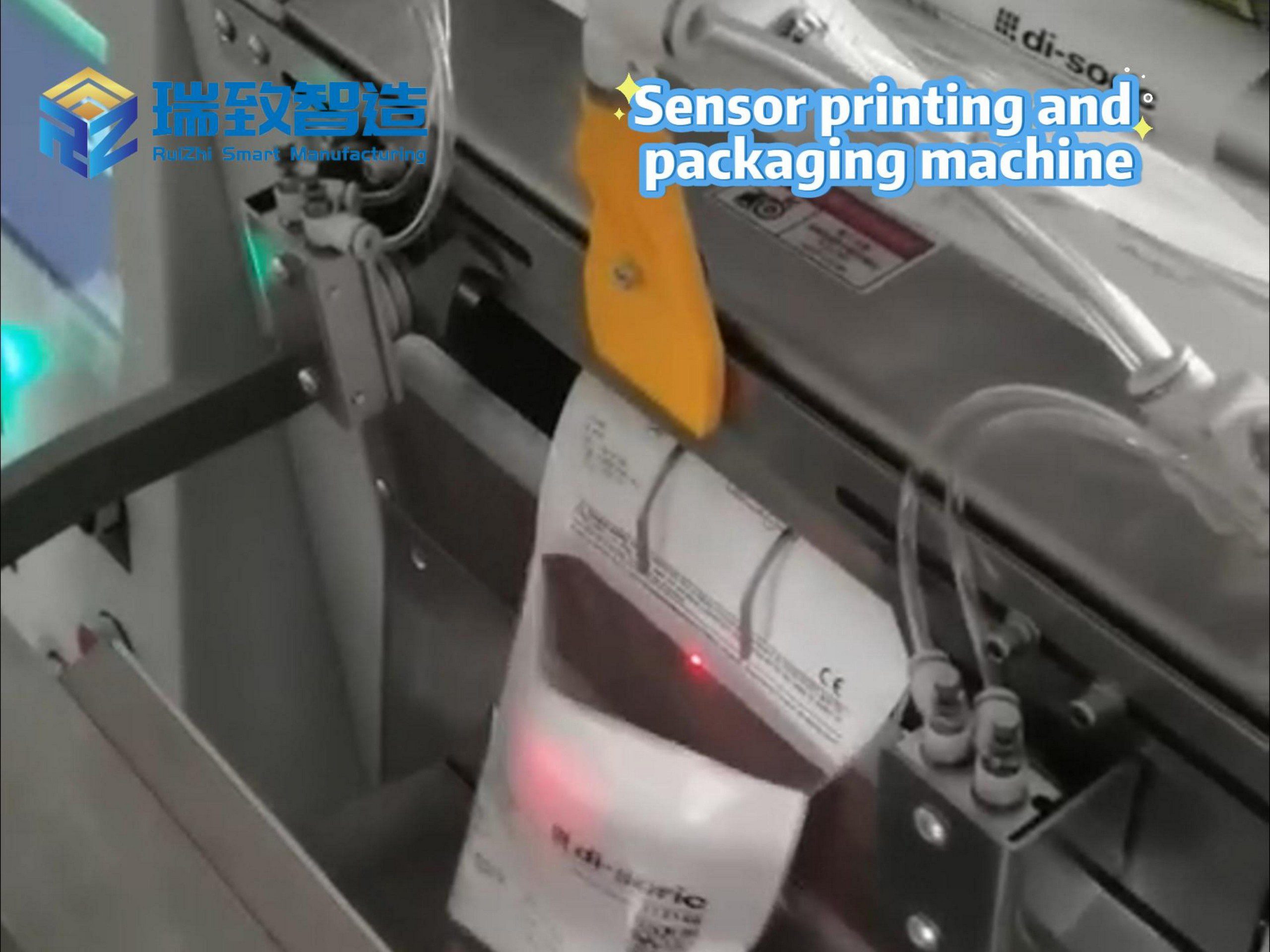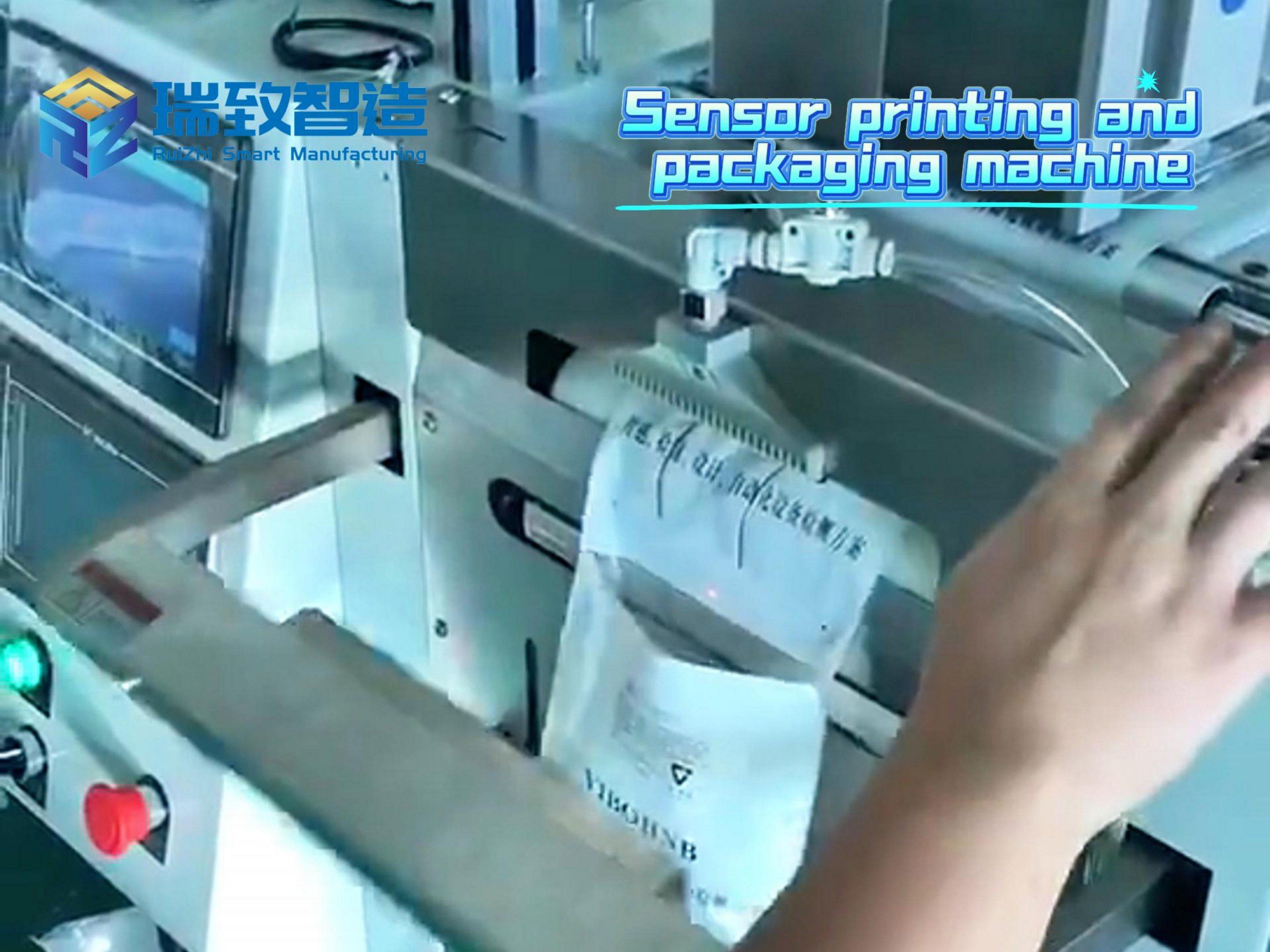
Recently, the Cyberspace Administration of China and the National Development and Reform Commission jointly issued the Guidelines for the Deployment and Application of Large AI Models in Government Services (hereinafter referred to as the “Guidelines”). As China’s first dedicated policy document publicly targeting the application of large models in the government services sector, the Guidelines put forward a series of targeted and forward-looking measures covering application scenarios, standardized deployment, and operation management. Guided by policy innovation, it promotes the integrated development and standardized application of AI in government services, which is of great significance for advancing AI’s in-depth empowerment of government governance, improving service quality, and facilitating the modernization of national governance capabilities. This marks that the application of large AI models in China’s government services sector has entered a new phase of orderly advancement.
By 2025, the “AI + Government Services” model has formed a trinity technical architecture of “computing power – data – model”, with “cloud-intelligence integration” serving as the core supporting logic.
Computing Network Infrastructure Provides Computing Power Guarantee
The large-scale deployment of government clouds lays a solid foundation for AI applications. China Telecom has built an “integrated cloud-intelligence” smart computing network infrastructure, which supports the operation of over 300 provincial and municipal government clouds and the construction of more than 100 urban data intelligence platforms. This architecture not only enables elastic expansion of computing power through cloud computing to meet the massive resource needs of large model training but also reduces data transmission latency through edge computing. For example, in scenarios such as smart transportation, the model where edge nodes process real-time data and the cloud optimizes overall scheduling reduces response latency from the second level to the millisecond level.
Data Governance Breaks Down “Information Silos”
Weihai Economic and Technological Development Zone has established a district-level data rights confirmation and circulation mechanism to achieve secure cross-departmental data sharing, providing accurate information support for AI customer service. The National Information Center, in collaboration with multiple institutions, has built a public resource trading data system, breaking down data barriers between trading platforms in different regions. These practices confirm the core value of “data elements × government services”: only by realizing compliant data circulation can AI truly play its role as a “decision-making brain”.
Vertical Large Models Improve Service Accuracy
The adaptation of general large models to government service scenarios has become a technical focus. China Telecom’s “Xingchen (Starry Sky) Large Model” has achieved a 92% accuracy rate in policy interpretation by training government-specific corpus. Weihai’s AI customer service, through the iteration of localized knowledge bases, has made the accuracy of answering region-specific matters 15 percentage points higher than the industry average. This “general model + vertical training” model effectively solves the pain point of AI “answering irrelevant questions” in the government services field.
AI is reshaping the supply model of government services through scenario-based applications, achieving breakthrough changes in core fields such as consultation, approval, and supervision.
From “Citizens Running Errands” to “Data Running”: A Historic Leap in Government Services
Traditional government services are often associated with impressions such as “long queues, complicated procedures, and excessive documentation”. The integration of AI has first brought about disruptive changes on the service side.
24/7 AI Customer Service: AI customer service based on natural language processing technology can answer public inquiries 24/7. Whether it is policy consultation or service guidelines, it can achieve second-level responses, completely eliminating the dilemma of “no time to inquire during work hours and nowhere to inquire after work”.
“One-Network Handling” and “Benefits Enjoyed Without Application”: Through data mining and process optimization, AI integrates scattered government service items into a unified platform. Furthermore, through data sharing and intelligent analysis, the government can proactively identify individuals and enterprises that meet policy criteria, enabling “benefits enjoyed without application” for services such as welfare subsidies and tax reductions. This ensures that people-benefiting policies reach the target groups accurately, conveying warmth in a subtle way.
Personalized Recommendations and Proactive Services: Similar to recommendation algorithms on e-commerce platforms, AI can analyze user behaviors and proactively push policy information and service reminders that users may care about, transforming the model from “people seeking services” to “services seeking people” and greatly enhancing the public’s sense of gain.

From “Experience-Based Decision-Making” to “Data-Driven Decision-Making”: Scientific Upgrading of Urban Governance
At the macro level of urban governance, AI is becoming a “super brain” for urban managers, making decision-making more scientific and responses more rapid.
“Unified Management of the City Through One Network”: By integrating massive urban data on transportation, public security, environment, and energy, AI can perceive the “vital signs” of the city in real time. It can predict traffic congestion and intelligently adjust traffic signals, automatically detect incidents such as public facility damage and illegal road occupation through image recognition, and automatically assign tasks for handling, realizing the integration of “monitoring, management, and prevention”. For manufacturing-intensive areas, this “one-network management” also extends to the supervision and support of intelligent production equipment: government AI platforms can access real-time operational data (such as production capacity, defect rates, and energy consumption) of key equipment like the Fröccsöntött alkatrészek automatizált összeszerelő rendszere automatikus betöltéssel in local factories. This not only allows dynamic monitoring of whether enterprises meet smart manufacturing standards but also enables the government to accurately identify enterprises that need policy support—for example, providing targeted subsidies or technical guidance to small and medium-sized manufacturers that have newly adopted such automated systems, accelerating the overall upgrading of the regional manufacturing industry.
Public Security and Risk Prevention: In the field of public health, AI models can assist in predicting and tracing the spread of epidemics; in the financial field, they can help monitor risks such as illegal fund-raising and financial fraud; in emergency management, they can simulate the impact of natural disasters and optimize the allocation of rescue resources.
Policy Effect Simulation and Evaluation: Before a policy is introduced, AI can be used to build a “digital twin city” to simulate and deduce the economic, social, and environmental impacts of the policy, providing support for scientific decision-making. After the policy is implemented, AI can quickly evaluate its effects through public opinion analysis and data comparison, facilitating timely adjustments and optimizations.
From “Passive Response” to “Proactive Insight”: Modern Transformation of Supervision Models
In the field of market supervision, AI has endowed supervisory authorities with “piercing eyes”, realizing more efficient and fair supervision.
Smart Supervision and Risk Early Warning: Through intelligent analysis of enterprise operation data, online public opinion, and complaint information, AI can automatically identify high-risk enterprises and implement targeted inspections, focusing supervision resources on “key points”. This ensures that “law-abiding entities are not unnecessarily disturbed, while law-breakers face severe penalties”.
A Powerful Tool for Auditing and Anti-Corruption: AI can quickly process massive amounts of financial and government data, identify abnormal transactions and potential corruption clues through pattern recognition, and provide strong technical support for auditing and discipline inspection work.
AI is reshaping the logic of government services in a “subtle and silent” way. When technological innovation is deeply aligned with governance needs, a more efficient, accurate, and warm government service ecosystem is taking shape at an accelerated pace, injecting lasting impetus into the modernization of national governance.




















